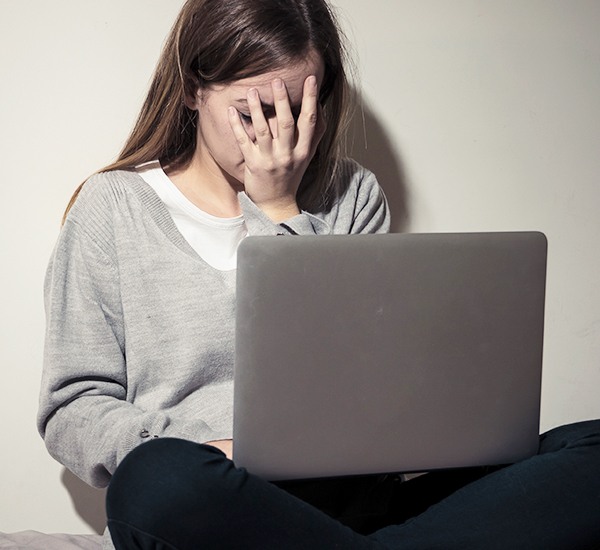Date:
Monday 12th August 2019
Share:
We live in an age where instantaneous sharing is the norm. Smart phones are in all of our pockets and everyone is constantly on the look out for the next best photo to take, to post on their social media a few moments later. Whether it be to share a moment with friends and family or to try and be the name behind the next viral post, children are increasingly appearing in such uploads. This raises the question: How much digital privacy should parents give their children?
Let’s start by looking at an Instagram post that sparked controversy in the media. In March 2019, actress Gwyneth Paltrow posted a photo of herself and 14 year-old daughter Apple, sitting on a ski lift whilst on holiday. To many parents, this is standard practice following a family trip abroad but Paltrow’s post raised eyebrows when her daughter commented “Mom we have discussed this. You may not post anything without my consent.” Apple’s comment demonstrates that children may well want more control over what photos are uploaded of them, whether they voice this or not.

Although most of us can’t relate to having a celebrity actress mum posting our picture to her many millions of Instagram followers, we probably aren’t strangers to our parents whipping out the childhood photo albums to show to our partner, friends or even to the neighbour. Although done with good intentions, this situation often leaves us red-faced and eager for them to be put away quickly. Fortunately, these photos don’t tend to exist outside of parents’ living rooms. But for many of the children growing up today, these can be available at the click of a button, where they cannot hide from and which they do not have control over or even a say about them going online in the first place.
It seems unreasonable to suggest that parents should never post a photo of their child on social media again. Sharing posts online is the modern day means of people connecting with each other and sharing moments with those that we care about. But in saying this, parents have a responsibility to ensure that they do their best to ensure that their children do not end up with a negative or unwanted digital footprint. After all, it is the child, not the parent who will be living with the consequences.

So how can parents reduce the possibility of negatively impacting their child’s future through their posts? Ultimately the issue is not black and white and the way each family chooses to address digital privacy of their children will be unique. Maybe the first port of call is to take a step back and think twice before posting, being careful to consider if the photo could be embarrassing, tarnish their character or simply present them in a way that they would prefer to not be shared publically. And then, not to underestimate the digital savviness of kids: children begin to understand the concept of taking and posting a photo even if they do not completely have a grasp of the gravity of it. It might sound obvious, but maybe the best policy is just to pause and ask both parties – should I?
By Sophie Clark